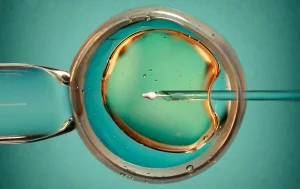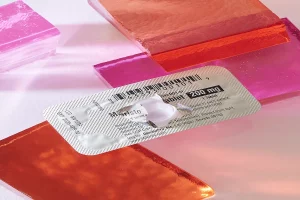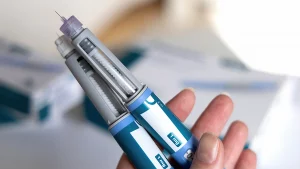THE RULING that categorically prevents men who have sex with men — gay or otherwise — from donating blood as freely as the rest of us has been in place since 1985, around the time when the reality of HIV and AIDS was first entering the public consciousness. It looks like that strict restriction has been lifted — or, at least, considerably loosened. The de facto rule, until now, has been that if a man has had any sexual contact whatsoever with another man, then he’s ineligible to donate blood for life. Obviously, that level of restriction is not always necessary, and it’s almost impossible to enforce, anyway. In keeping with changing times and better, more accurate scientific technology, the FDA has issued a guidance recommending that gay men be allowed to donate blood as long as they’ve abstained from sex for a year.
The reason why these rules have been in place is because sexually active gay men are considered to be at a higher risk of contracting diseases like HIV, hepatitis B, and hepatitis C — diseases which are all easily transmitted through blood. That being said, there have been zero transmissions of any of those diseases from donor plasma to patients in the past twenty years, so things are looking pretty good.
There did use to be a considerable risk of accidental infections through blood transfusions, but that was back in the day, and the screening methods used to analyze donor blood before it gets used in transfusions are top-notch these days — so long as the donor has had the infection for a while. (Hence the one-year ban that is still in place.)
As long as everything goes as planned — meaning the tests work they way they’re supposed — the CDC claims the risk of acquiring HIV through a blood transfusion is as little as one in 1.5 million. That microscopic chance shouldn’t stand in the way of boosting the reserve of blood we have; every two seconds, someone in the U.S. needs blood, and blood banks across the country have been saying for years now that we just don’t have enough of it. We need blood. Scratch that — we really need blood.
The Human Rights Campaign has been a big supporter of changing these regulations, and they are still critical that any limitations are in place: “This policy prevents men from donating life-saving blood based solely on their sexual orientation rather than actual risk to the blood supply.” Which makes sense. A lot of the focus when it comes to discrimination against LGBT people has been centered on the right to marriage. But allowing heterosexual people who dabble in IV drug use and high-risk sex to freely donate blood — — which has been the practice up to now — while banning gay men from doing it at all is a kind of discrimination, too. It assumes that all gay men have HIV, and that gay men as a group aren’t concerned with safe or responsible sex. Both of these assumptions are completely untrue, and the fact that gay men might soon be officially welcomed at blood drives reveals that society is beginning to recognize that.
I mentioned back in December, when news first broke that the FDA was considering changing the regulations regarding gays and blood donations, that there are a number of problems with the one-year celibacy clause; I think this is still a step, albeit small, in the right direction, though. After all, other countries around the world — including Argentina, Australia, Brazil, Hungary, Japan, Sweden, and Britain — allow gay and bisexual men to donate and have had little issue. Here’s to the U.S. being the next country to join that list — and hopefully being the first country to lift the ban altogether in the future.
Just FYI: it’s not open season at the blood drive, though. Sex workers and drug users are still way out of the donating game, and people who have had recent transfusions and women who have had sex with a gay or bisexual man are asked to wait a year to donate, as well. PSA of the day: whether you plan on donating blood or not — no glove, no love.

















